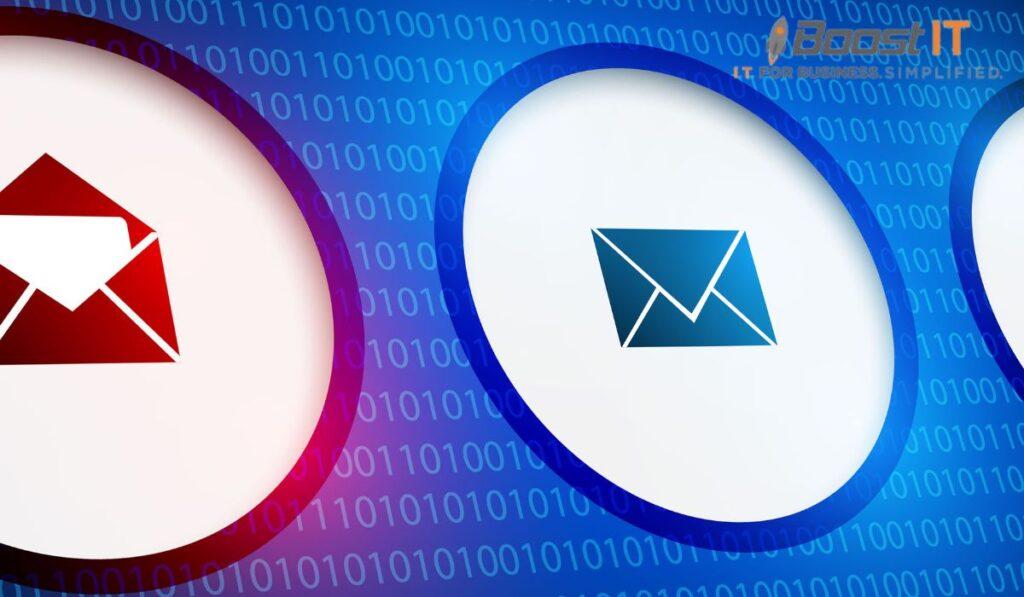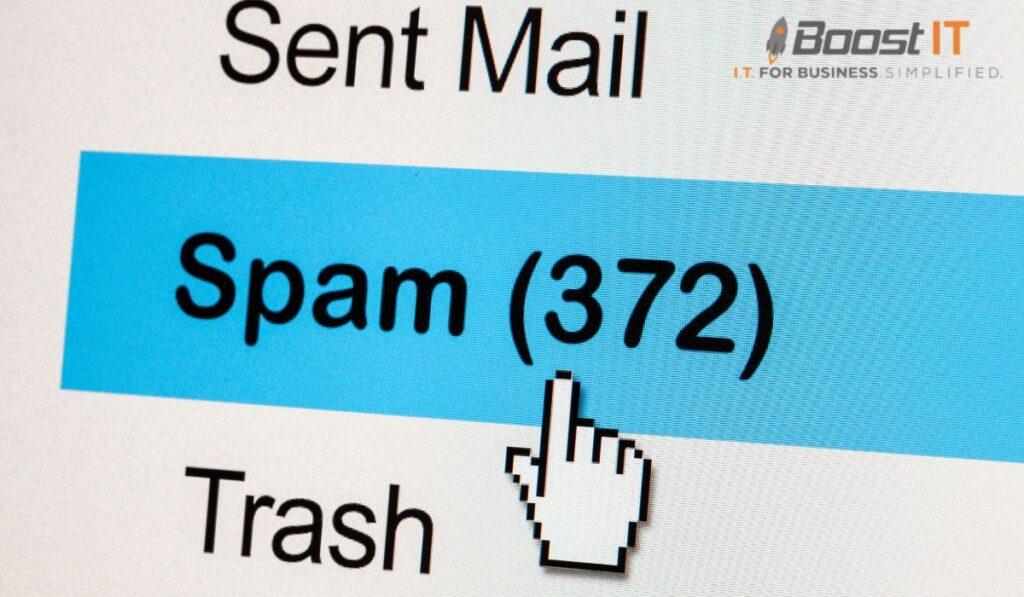In the fast-paced digital era we live in today, email communication has become an integral part of our personal and professional lives.
It’s our go-to medium for sharing information, conducting business transactions, and staying connected with friends and colleagues.
However, as the reliance on email continues to grow, so does the need for robust email communication security.
In this article, we will delve deep into the intricacies of email security, shedding light on the best practices and tools available to protect your digital conversations.
The Significance of Email Communication Security
Emails are a common target for cybercriminals due to the sheer volume of sensitive information they contain.
From personal conversations to confidential business data, your email inbox holds a treasure trove of valuable data that malicious actors seek to exploit.
Therefore, ensuring the security of your email communication is paramount, and here’s why:
Data Privacy
The privacy of your emails is of utmost importance.
Unencrypted emails are vulnerable to interception, meaning unauthorized individuals can access and read your messages.
Email communication security measures such as encryption can safeguard your data from prying eyes.
Phishing Attacks
Phishing attacks are a prevalent threat in the digital landscape.
Cybercriminals often use deceptive emails to trick recipients into revealing sensitive information, such as login credentials or financial details.
Implementing robust security protocols can help mitigate these risks.
Business Continuity
For businesses, email communication is the lifeblood of operations.
Any breach or downtime in email services can disrupt business continuity.
Ensuring the security of your email infrastructure is essential to prevent such disruptions.
Best Practices for Email Communication Security
Now that we’ve established the importance of email security let’s delve into the best practices that can help you safeguard your digital conversations:
Utilize Strong Passwords
Your first line of defense against unauthorized access to your email account is a strong, unique password.
Combine upper and lower-case letters, numbers, and special characters to create a robust password that’s challenging to crack.
Avoid using easily guessable information such as birthdays or names.
Enable Two-Factor Authentication (2FA)
Two-Factor Authentication adds an extra layer of security by requiring a second form of verification, such as a code sent to your mobile device, in addition to your password.
This significantly reduces the risk of unauthorized access.
Employ End-to-End Encryption
End-to-End Encryption (E2EE) ensures that only the intended recipient can decrypt and read your messages.
This prevents unauthorized interception of your emails during transit.
Popular email services like ProtonMail and Tutanota offer E2EE as a standard feature.
Be Wary of Suspicious Emails
Exercise caution when dealing with unsolicited emails or messages from unknown sources.
Avoid clicking on suspicious links or downloading attachments from untrusted senders.
These could be phishing attempts or malware delivery mechanisms.
Regularly Update Your Email Client
Keeping your email client up to date ensures that you receive the latest security patches and enhancements.
Outdated software can be vulnerable to known exploits that hackers can leverage.
Tools for Enhanced Email Communication Security
In addition to best practices, several tools and services can enhance your email communication security:
Secure Email Providers
Consider using email service providers known for their commitment to security.
Providers like ProtonMail, Tutanota, and Hushmail offer robust encryption and privacy features.
Email Encryption Software
If you’re using a conventional email service, you can add an extra layer of security by using email encryption software like PGP (Pretty Good Privacy) or S/MIME (Secure/Multipurpose Internet Mail Extensions).
Email Filtering and Anti-Phishing Solutions
Implement email filtering and anti-phishing solutions that can automatically detect and quarantine suspicious emails before they reach your inbox.
Conclusion
Email communication security is not a matter to be taken lightly.
The prevalence of cyber threats makes it imperative to adopt a proactive approach to protect your digital conversations.
By following best practices, employing the right tools, and staying vigilant, you can significantly reduce the risks associated with email communication.
In the age of digital interconnectedness, safeguarding your email communications is paramount.
Protect your data, your privacy, and your peace of mind by taking the necessary steps to fortify your email security.
Remember, in the digital world, security is not an option; it’s a necessity.
FAQs
What is Email Communication Security?
Email Communication Security refers to the measures and practices implemented to protect the confidentiality, integrity, and availability of email messages and attachments, thereby safeguarding sensitive information from unauthorized access or interception.
Why is Email Communication Security Important?
Email is a common target for cyberattacks due to the valuable information it often contains. Ensuring security helps prevent unauthorized access, phishing attacks, and data breaches, preserving privacy and trust.
What are the Common Threats to Email Communication Security?
Common threats include phishing attacks, malware and ransomware attachments, spoofed emails, man-in-the-middle attacks, and unauthorized access to email accounts.
How Can I Create a Strong Password for My Email Account?
To create a strong password, use a combination of upper and lower-case letters, numbers, and special characters. Avoid easily guessable information like birthdays or names, and make sure it’s at least 12 characters long.
What is Two-Factor Authentication (2FA) and Why Should I Use It?
2FA adds an extra layer of security by requiring a second form of verification, such as a code sent to your mobile device, in addition to your password. It significantly reduces the risk of unauthorized access.
What is End-to-End Encryption (E2EE) in Email?
E2EE ensures that only the intended recipient can decrypt and read your messages. It prevents unauthorized interception of your emails during transit, providing a high level of privacy and security.
How Can I Recognize a Phishing Email?
Phishing emails often contain urgent requests, grammatical errors, mismatched URLs, and unfamiliar senders. They may ask for sensitive information like passwords or financial details. Be cautious and verify the sender’s legitimacy.
What Email Service Providers Offer Enhanced Security Features?
Email providers like ProtonMail, Tutanota, and Hushmail are known for their commitment to security. They offer features like end-to-end encryption, secure servers, and advanced privacy settings.
What Tools Can I Use to Enhance Email Communication Security?
Tools like PGP (Pretty Good Privacy), S/MIME (Secure/Multipurpose Internet Mail Extensions), and email filtering solutions can enhance security by providing encryption, digital signatures, and protection against phishing attempts.
How Often Should I Update My Email Client for Security Purposes?
It’s recommended to regularly update your email client to ensure you receive the latest security patches and enhancements. Outdated software can be vulnerable to known exploits that hackers can leverage.

